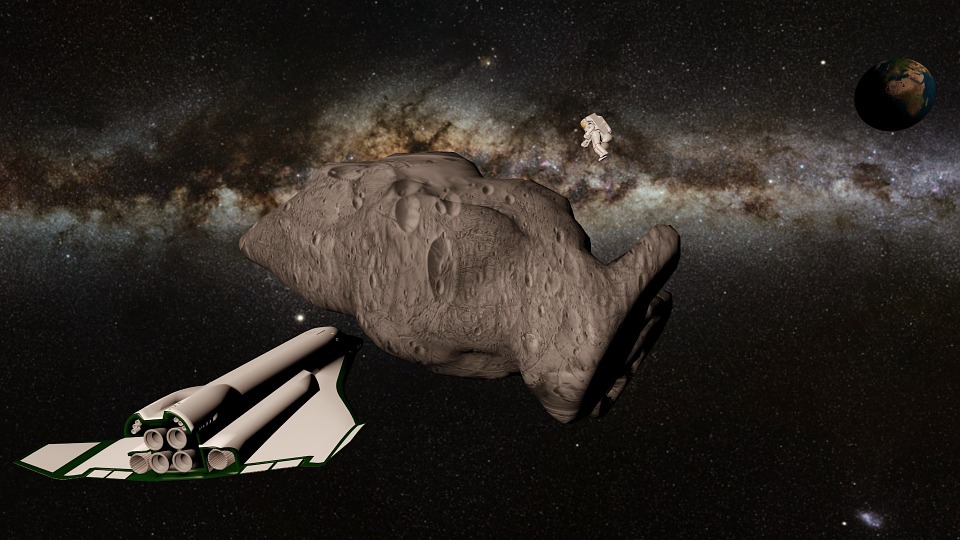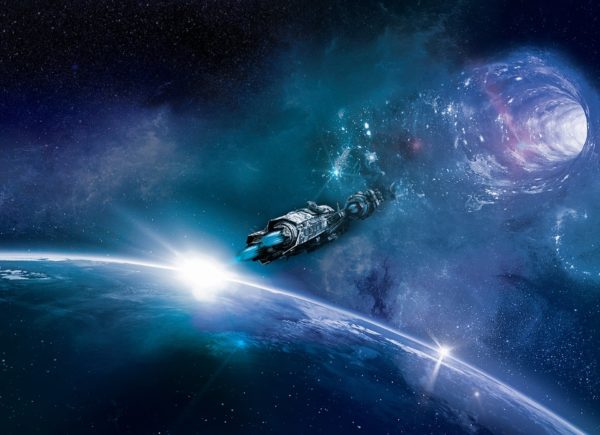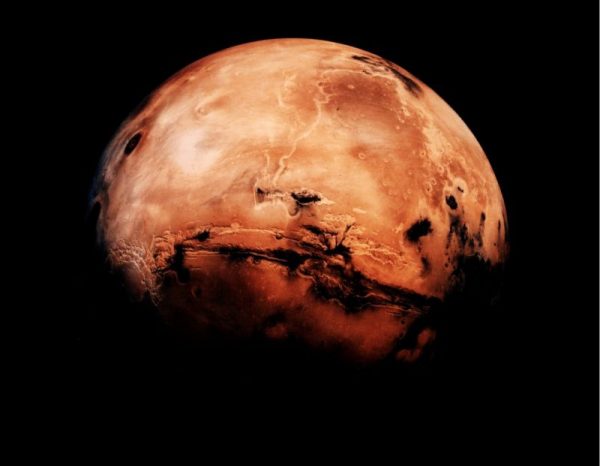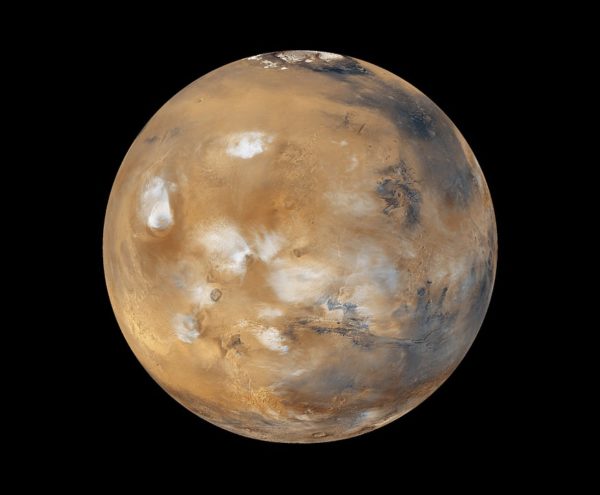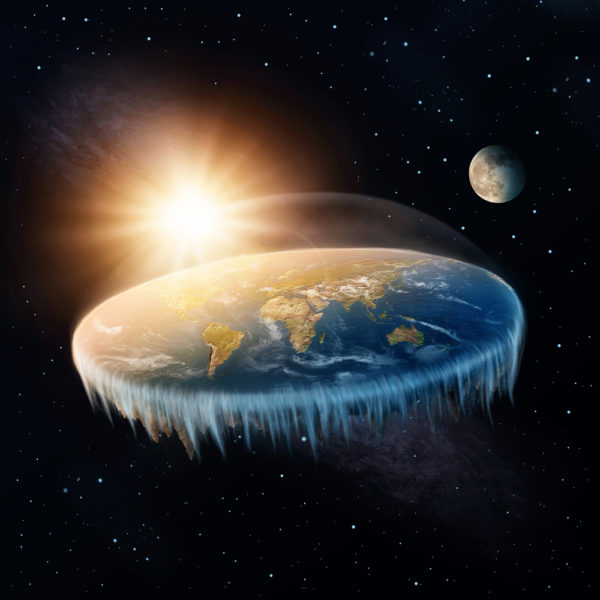SPACE: Harvesting the Asteroids
There’s gold in them thar asteroids! Literally — asteroids have more than enough gold, plus other metals, to provide a few lifetimes’ worth of fortunes. But there are plenty of other reasons asteroids are valuable. So how do we get these metals from these faraway asteroids? Perhaps the best way is to bring the space rocks to Earth. Most of the metals we use in our everyday lives are buried deep within Earth. And I mean deep: When our planet was still molten, almost all of the heavy metals sank to the core, which is pretty hard to get to. … Read more



